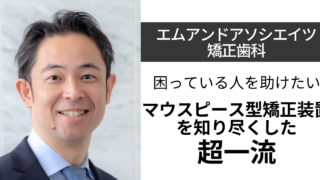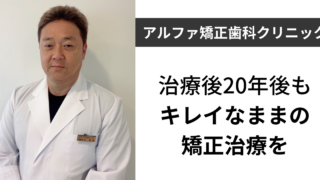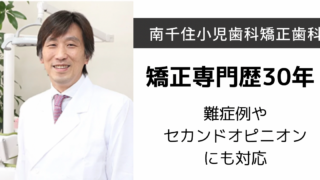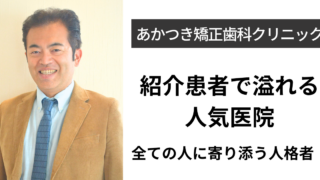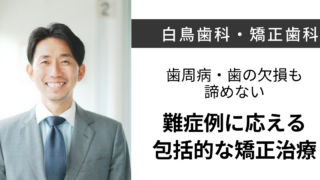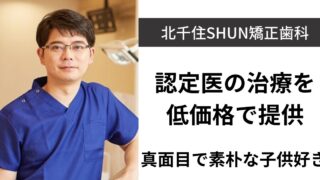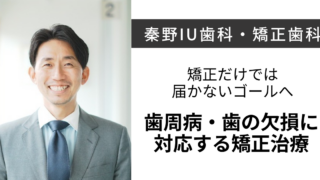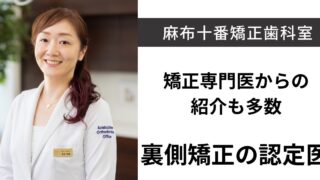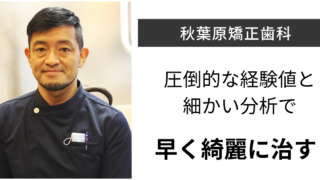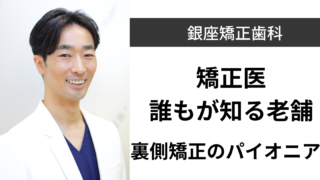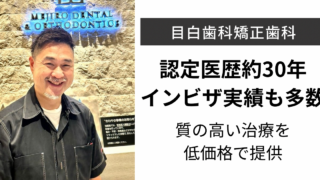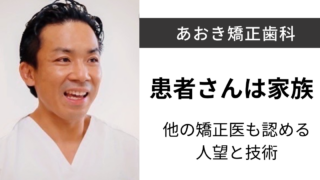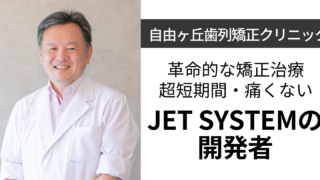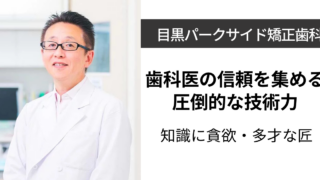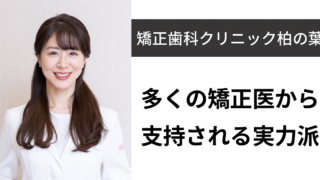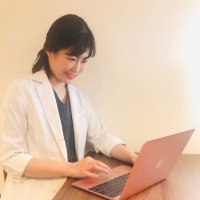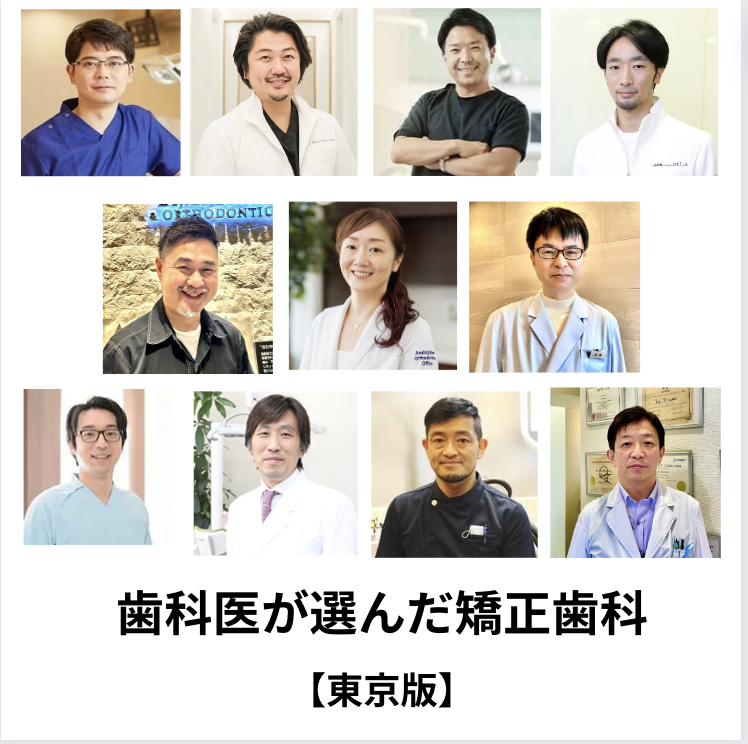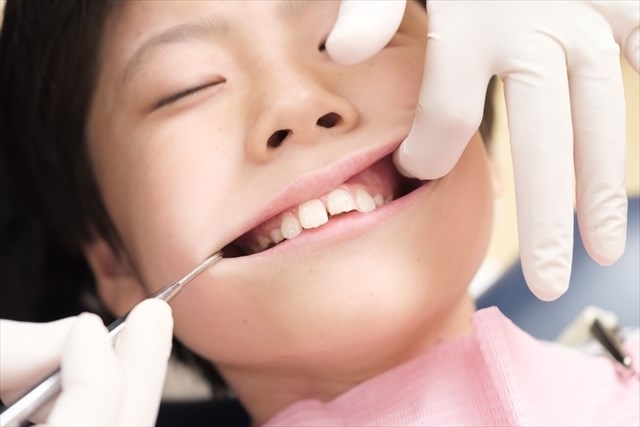
歯科検診の用語をわかりやすく解説!虫歯や歯周病の状態がわかるようになる

先生、歯科検診で口を見てもらうときに「まる」とか「シーオー」とか呪文みたいなことを言ってますよね?
あれって何ですか?

あれは1本1本の歯の状態を素早く伝えるための歯科用語です!
どんな意味かわかると、自分のお口の状況を理解しやすいかもしれませんね。
今回は、虫歯や歯周病の状態が分かるようになる?歯科検診で使われる用語をわかりやすく解説します!
歯科検診で使われる用語の意味
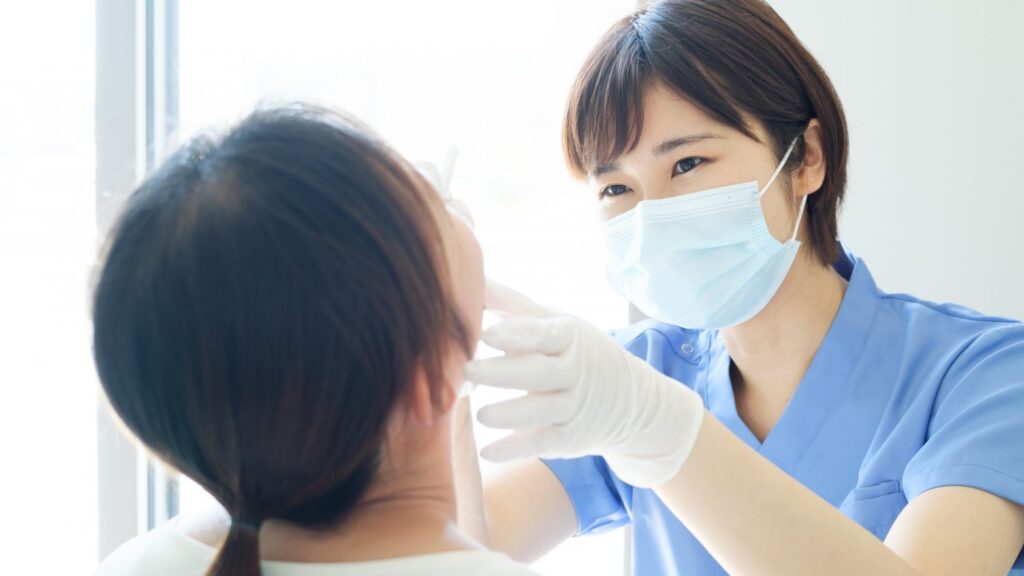
歯科検診で使われる「まる」「シーオー」「1番」などの用語は、歯や口の状態を素早く伝えて記録するための歯科用語です。
歯科用語には大きく分けて
- どの歯かを示す「歯式」
- 歯や歯肉などの状態を示す「アルファベット、カタカナ、記号、数字、漢字」
の2つに分けられます。
歯科検診では「歯式」+「アルファベット、カタカナ、記号、数字、漢字」の組み合わせで、1本1本の歯がどのような状態かを歯科医師が記録係に口頭で伝えます。
例えば「右上2番CO(シーオー)」と言われたら、「右上の真ん中から数えて2番目の歯がCOという状態」という意味になります。
これで、どこの歯がどんな状態かが瞬時に記録されるという仕組みです。
では、歯科用語の意味を一つずつ解説します!
歯科検診の用語の意味①|歯式に使われる数字とアルファベット
歯は、永久歯は1〜8までの番号、乳歯はA〜Eまでのアルファベットで表され、これを「歯式:ししき」と言います。
歯式を表す規格はいくつかあり、異なる規格の場合は番号が異なります。
ここでは、日本やヨーロッパで使われることの多い「4分画歯種表記法(Zsigmondy & Palmer system)」を解説します。
永久歯の歯式
永久歯は歯列を上下左右の4分割にし、以下のように歯列の中心の前歯から奥歯に向かって1〜8までの番号で表されます。
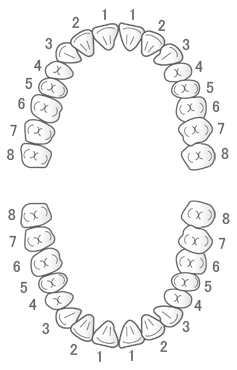
例えば、右上の前から数えて4番目の小臼歯は「右上4番」です。
乳歯の歯式
乳歯も永久歯と同じく歯列を上下左右の4分割にし、以下のように歯列の中心の前歯から奥歯に向かってA〜Eまでのアルファベットで表現します。

例えば、右上の前から数えて4番目の乳臼歯は「右上D」です。
ちなみに、歯科検診では使いませんが、歯医者の審査・診断では1本の歯を分割して、1本の歯の中のどこなのかを細かく示す用語も使います。
- 歯と歯の間の前歯側→近心(きんしん)、M(Medial side)
- 歯と歯の間の奥歯側→遠心(えんしん)、D(Distal side)
- 歯の表側→頬側(きょうそく)、B(Buccal side)
- 歯の裏側→舌側(ぜっそく)、L(Lingual side)、口蓋側(こうがいそく)、P(Paratal side)
これらに加えて、歯の溝やデコボコにも名前が付いているので、歯医者では1本の歯のどこを指すのかをとても細かいところまで表すことができます。
歯科検診の用語の意味②|歯や歯肉などの状態を示す「アルファベット、カタカナ、記号、数字、漢字」
歯科検診で歯や歯肉などの状態を示す「アルファベット、カタカナ、記号、数字、漢字」には、以下の6つを表すものがあります。
- 歯の状態
- 顎関節の状態
- 歯並び・噛み合わせの状態
- 歯垢の付着状況
- 歯茎の状態
- そのほかの異常
歯科検診で歯の状態を表す用語
- 斜線(/)
- 虫歯がなくて健康な乳歯、永久歯を指します。健全歯・現在歯とも言います。
- 歯科検診では「右上1番健全(ケンゼン)、バー」のような言い方をされることがあります。健全歯が多い場合は76543健全、などとまとめて伝えることもあります。
- まる(〇)
- 虫歯を治療した歯、虫歯治療中の歯=処置歯を指します。
- シーオー(CO)
- 要観察歯とも言います。初期虫歯の段階で、歯に穴は空いていませんが放置すると歯に穴が空いて虫歯になる可能性がある歯です。
- シー(C)
- 歯に穴が空いていて、虫歯になっている歯です。治療していない状態の歯なので、未処置歯とも言います。
- 歯医者ではより精密な状態を表すために、虫歯の深さに応じて「C1、C2、C3、C4」の4段階に分けた歯科用語を用います。この場合、数字が大きい方が虫歯が重症化していることを意味します。
- サンカク(△)
- 虫歯で失った永久歯のことです。乳歯には使いません。喪失歯とも言います。
- バツ(×)
- 要注意乳歯のことです。下から永久歯が生えてきているのに乳歯が残ったままになっている、生え変わりの時期を大きく過ぎても永久歯が生えてこず、抜ける気配のない乳歯などを指します。
- 「サ」または「マルサ」
- 虫歯の進行止めの薬「サホライド」が塗ってある歯のことです。
- 「シ」または「マルシ」
- 歯の溝にレジンを埋める「シーラント」と言う虫歯予防処理がされている歯のことです。
歯科検診で顎関節の状態を表す用語
顎の関節に異常がないか、顔の対称性や口を開けたときの開き方などを診て、
- 0:異常なし
- 1:要観察
- 2:要精密検査
の3段階で評価します。
歯科検診で歯並び・噛み合わせを表す用語
歯並び、噛んだときの噛み合わせを歯の生え変わり、姿勢、顎の状態などを診て
- 0:異常なし
- 1:要観察
- 2:要精密検査
の3段階で評価します。
歯科検診で歯垢の付着状況を表す用語
歯にどのくらい歯垢が付着しているかを診て、
- 0:良好
- 1:若干の付着
- 2:相当の付着
の3段階で評価します。
歯科検診で歯茎の状態を表す用語
歯茎の状態と歯石の付着状況を観察して、
- 0:異常なし
- 1:要観察(GO)
- 2:要精密検査(G、P)
の3段階で評価します。「GO」「G」「P」は、歯周病の状態を示す歯科用語です。
- GO(ジーオー)
- 歯石の付着はありませんが、歯茎が腫れて歯肉炎が起きている状態です。
- G(ジー)
- 歯石の付着があり、歯肉炎になっている状態です。
- P(ピー)
- 歯茎だけでなく、歯を支える骨にも炎症が起きている状態です。歯周病が進行して歯周炎が起きていることを表します。
歯科検診でそのほかの異常を表す用語
そのほか、口内炎、舌小帯異常、癒合歯、過剰歯などの異常があれば、病名や状態が記録用紙に記載されます。
歯科検診でチェックする項目とは
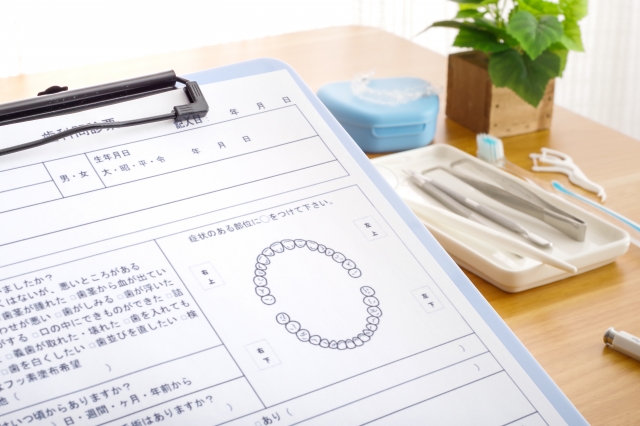
歯科検診では、以下の6つの項目をチェックします。
- 歯の状態
- 顎関節の状態
- 歯並び・噛み合わせの状態
- 歯垢の付着状況
- 歯茎の状態
- そのほかの異常の有無
歯科検診の目的は、虫歯や歯周病、そのほかの異常に関する兆候を発見して歯医者の受診を促し、口の病気や異常の早期発見・早期治療に繋げることです。
歯医者のように精密な検査や診断は行いませんが、口に関連する項目を大まかにチェックすることで、健康の維持・向上を促すと言う大切な役割があります。
歯科検診でCOやGOと言われたときの自宅でのケア方法
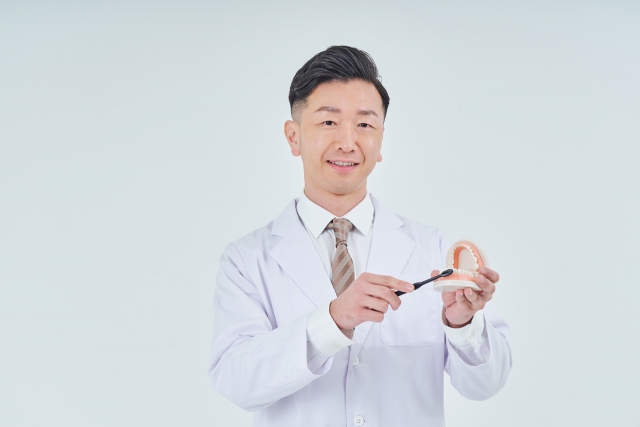
歯科検診でCOやGOと言われたときは、歯磨きを中心とした自宅でのケア方法を見直す必要があります。
毎日の歯磨き方法を見直す
COやGOは、不適切な歯磨きによって歯に汚れが溜まっていると起こりやすいです。
自宅での歯磨き方法を見直さずに放置すると、悪化して本格的な虫歯や歯周病になり、歯を失いかねません。
正しい方法で歯磨きを行い、口のケアをするようにしましょう。
正しいケア方法を身につけるなら歯医者に相談
「正しい方法で毎日歯磨きをして口のケアをする」というと「歯磨きくらいできているよ!」と思う人も多いでしょう。
しかし、COやGOと歯科検診で言われるということは、自宅でのケア方法に何かしらの問題があるということです。
正しいケア方法を身につけるには、歯医者の定期検診を受けるのがおすすめです。
COの場合は、高濃度フッ素塗布のような積極的な予防処置を受けることもできるので、歯科検診でCOやGOと言われた場合は、歯医者に相談するようにしましょう。
まとめ
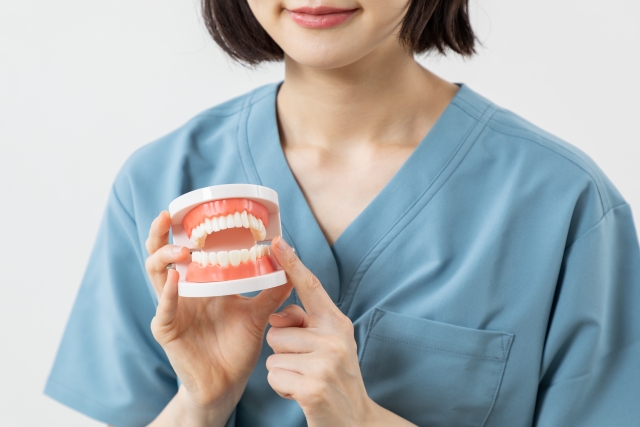
歯科検診の用語には、虫歯や歯周病などを示すさまざまなものがあります。
歯科検診でご紹介した単語が聞こえてきたら、どんな状態を示すかを思い出してみてくださいね!
もし「CO」や「GO」と言われたら要注意です。歯医者の定期検診の予約を取りましょう。
365dentistでは、
- 歯科医師運営のオープンチャットでのご相談
- あなたにあった歯医者探しのお手伝い
- お口に関するお役立ちコラム
で、あなたのお口の健康と美をサポートいたします。
関連記事:矯正歯科は虫歯を教えてくれないの?矯正中の虫歯予防方法も教えます!
関連記事:20代で虫歯だらけになる原因とリスク、改善策と治療費の目安
365dentist総監修 歯科医師/ゆきこ
長崎大学歯学部卒業、〜2018 九州医療センター、2018〜現在 都内歯科クリニック勤務
監修 歯科医師/Naomi
臨床研修終後、都内審美歯科勤務。現在は歯科医師/歯科ライター

